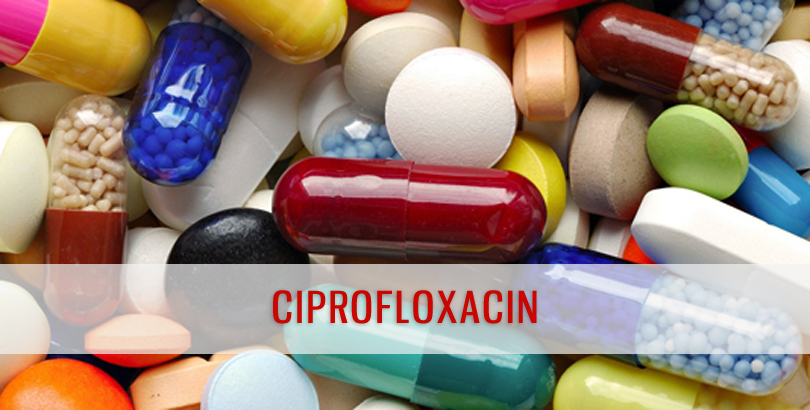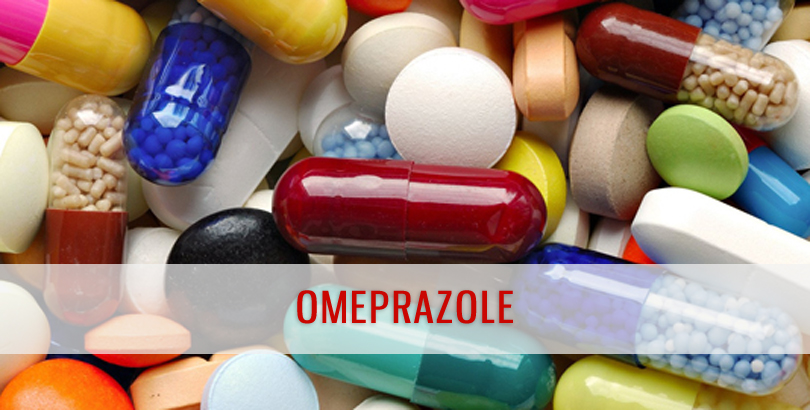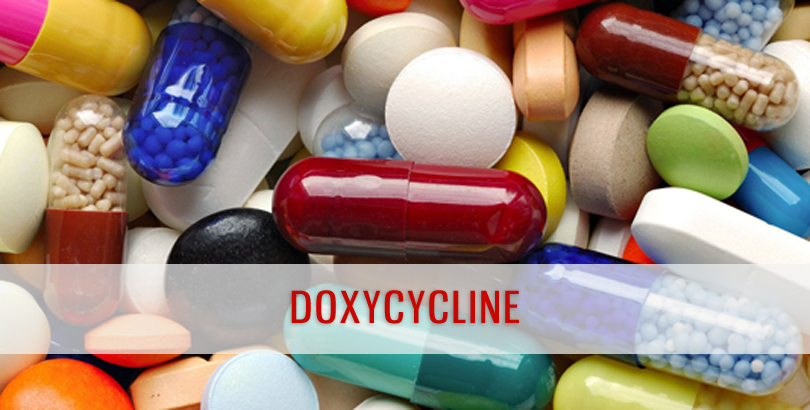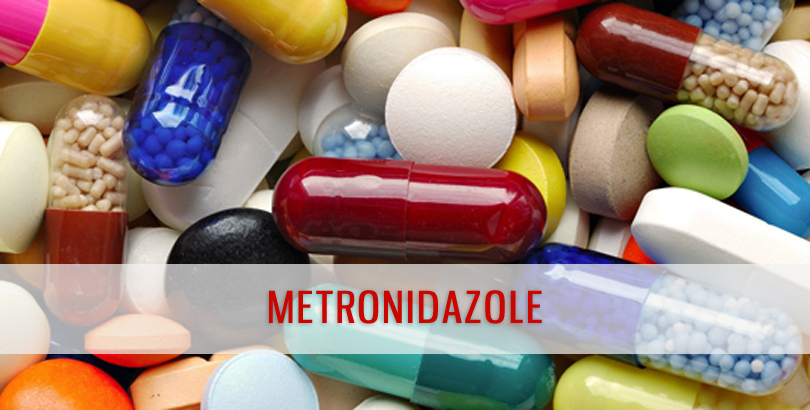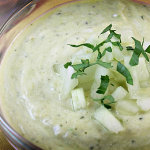Diclofenac belongs to the class of drugs called Non Steroidal Anti Inflammatory Drugs (NSAIDs).
Mechanism of action:
Inhibits cyclooxygenase (COX)-1 and COX-2 activity nonselectively, thereby inhibiting prostaglandin synthesis
Metabolism:
The metabolism of Diclofenac is mainly by the liver. Excretion is majorly through urine and about 30% through stools.
Indications:
- Rheumatoid Arthritis as first line treatment before DMARDs
- Osteoarthritis
- Ankylosing Spondylitis
- Post viral arthritis
- Dysmenorrhea
- Acute musculoskeletal pain
- Acute migraine
Dosage:
Diclofenac is available in oral or injectable form. Injectable form can be intravenous aqueous form, or intramuscular form. Ophthalmic form too is available.
Maximum oral dose is 200 mg per day, given in divided doses.
Adverse effects:
- Gastrointestinal: Nausea,vomiting,bloating, dyspepsia, peptic ulcers and bleeding, diarrhea, constipation
- Non-specific effects like giddiness, pruritus, rash
- Renal: acute renal dysfunction,decrease in glomerular filtration rate,salt water retention, edema etc.
- Hematoligical: aplastic anemia, agranulocytosis
Drug interactions:
Interactions are with aspirin,beta blockers, ARBs and other antihypertensive medications etc.
Use in pregnancy:
It is a category C drug used with caution if benefits outweigh risks. Use in late pregnancy is contraindicated as it causes premature closure of ductus arteriosus
Common brand names in India:
Voveran, Dicloran, Diclomol


